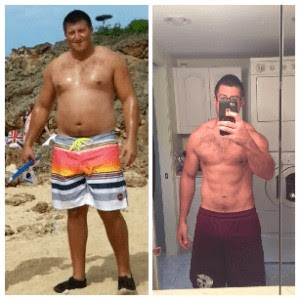As we age, keeping our bodies fit and healthy becomes a vital part of maintaining our quality of life. The human body is incredibly adaptable, but the path to optimal fitness lies in choosing the right exercise program that aligns with our short-term and long-term goals. Whether you’re aiming to maintain muscle mass, enhance joint mobility, improve balance and coordination, or boost cardiovascular health, it’s essential to design a realistic and sustainable fitness plan. Here are some invaluable tips to help seniors exercise safely and effectively, indoors or outdoors.
Warm Up and Cool Down
Always begin your workout with a warm-up to prepare your muscles and joints for activity, and finish with a cool-down to aid recovery. Simple stretches or light movements can help prevent injuries and promote flexibility.
Establish a Workout Plan
Consistency is key! Create a workout plan that adjusts every 3-4 weeks. Monitor your progress by evaluating your safe workload, exercise frequency, number of repetitions, sets, and rest periods. Gradually increasing these metrics will keep your body challenged and engaged.
Train Year-Round
To sustain your fitness journey, commitment is crucial. Training year-round helps maintain progress and avoid stagnation in your abilities. Remember, fitness is a lifelong endeavor!
Eat a Balanced Diet
Nutritional support is just as important as physical activity. Fuel your workouts with a well-balanced diet rich in nutrients to provide energy and aid in recovery.
Listen to Your Body
Your body is your best advisor. Pay attention to signs of fatigue, illness, or injury. Training when you’re not feeling your best can lead to setbacks. Prioritize your health and well-being over pushing through a workout.
Seek Guidance
If you’re unsure about your exercise routine, don’t hesitate to seek the guidance of a personal trainer. A professional can help tailor fitness and nutritional strategies to help you achieve your goals faster and more safely.
Vary Your Exercises
Incorporating a variety of exercises ensures a balanced workout. Alternate between upper-body and lower-body exercises, as well as exercises that target the front and back of your body. This approach can help prevent injuries and promote overall strength.
Focus on the Mind-Body Connection
Training your mind to focus on your movements can enhance the effectiveness of your workout. Stay present and connect with your muscles, minimizing distractions from your surroundings.
Work on Weaknesses
While it’s tempting to stick to what you’re good at, focusing on your weaknesses can lead to well-rounded strength and fitness. Challenge yourself with new exercises and avoid complacency; if an exercise becomes too easy, it’s time to increase the difficulty.
Gradual Progress
Getting in shape doesn’t happen overnight. Aim to progress gradually and set realistic goals that consider your potential, lifestyle, and future plans. Small, achievable milestones will keep you motivated and on track.
Stay Hydrated and Fuel Properly
Before you hit the gym, hydrate by drinking water at least 1-2 hours in advance. Avoid heavy meals prior to your workout—light snacks like juice, fruit, or energy bars work better. If you’ve eaten a healthy meal, allow at least two hours before exercising.
Consult Your Doctor
Always check with your doctor before starting a new exercise program, especially if you have existing health conditions or are on medication. They can provide personalized recommendations catered to your health status.
Enjoy the Journey
Above all, have fun while exercising! Surrounding yourself with a supportive gym or pool community can enhance your experience. Remember, meeting friends and sharing the journey towards fitness is a wonderful way to start your day stronger.
Achieving fitness goals is a gradual process, and prioritizing injury prevention should always be at the forefront of your fitness journey. Embrace each step along the way, and celebrate your progress as you work towards a healthier and happier you!
by FitPlan Trainer Khalil Rizki








